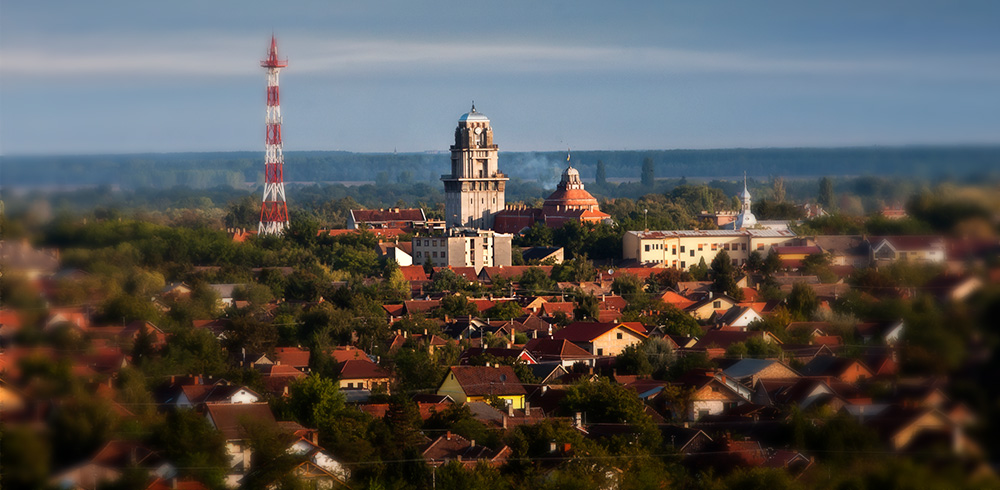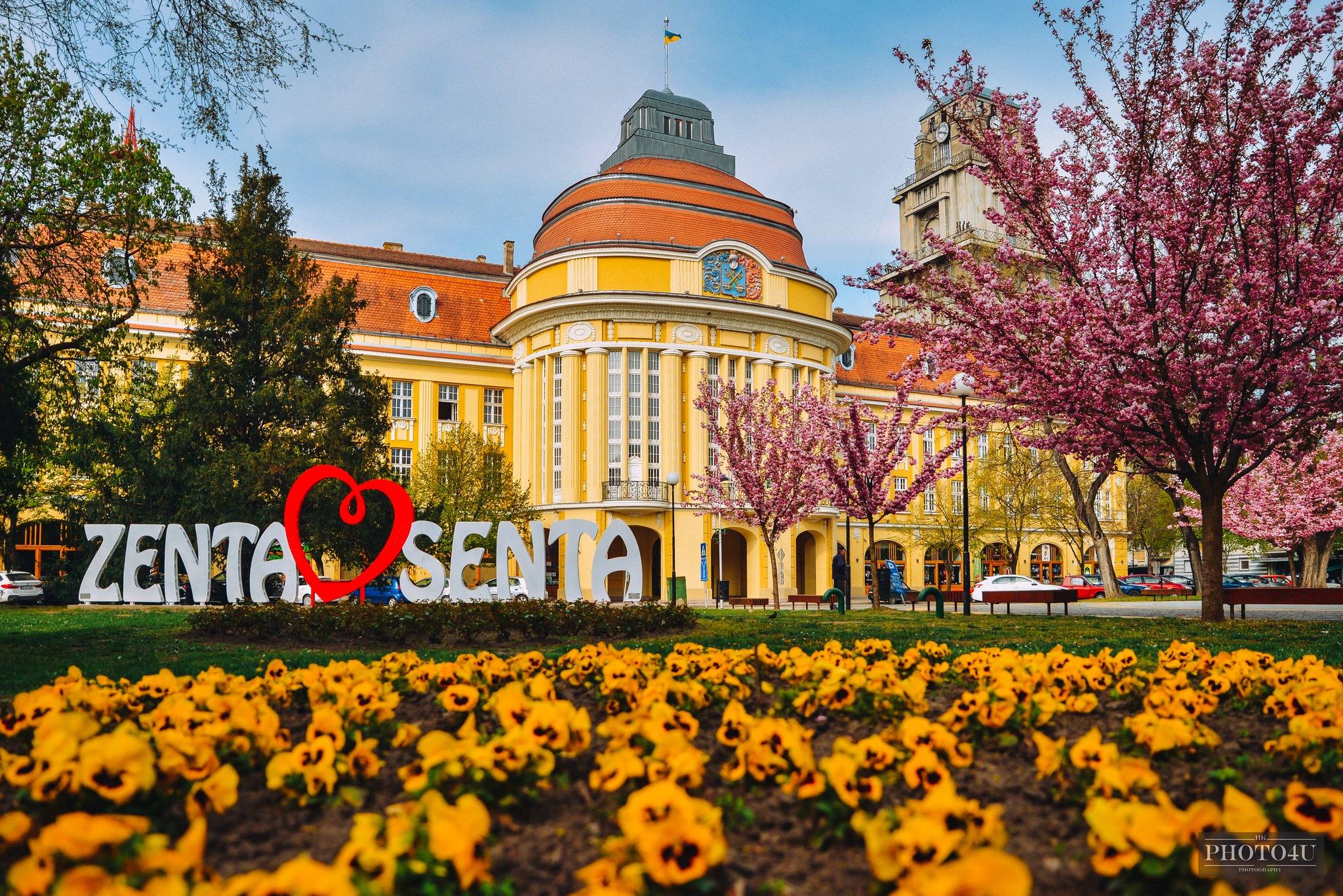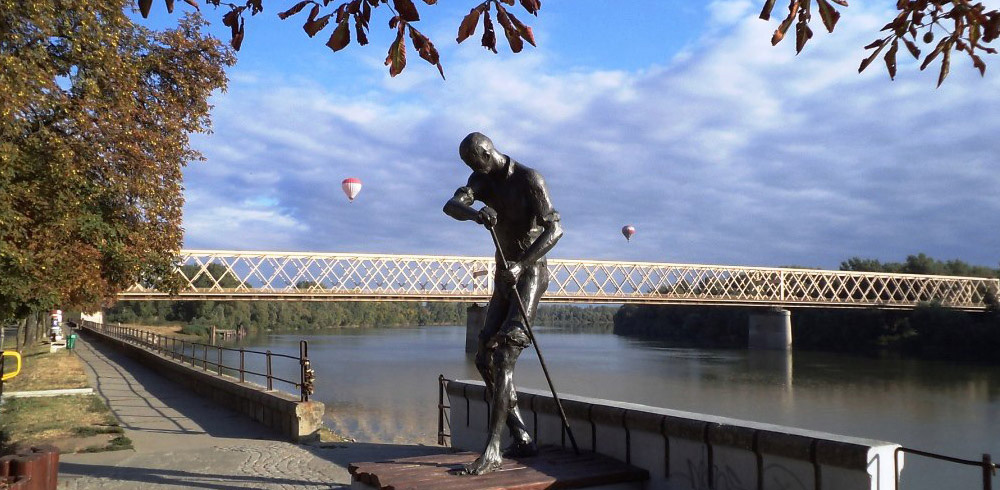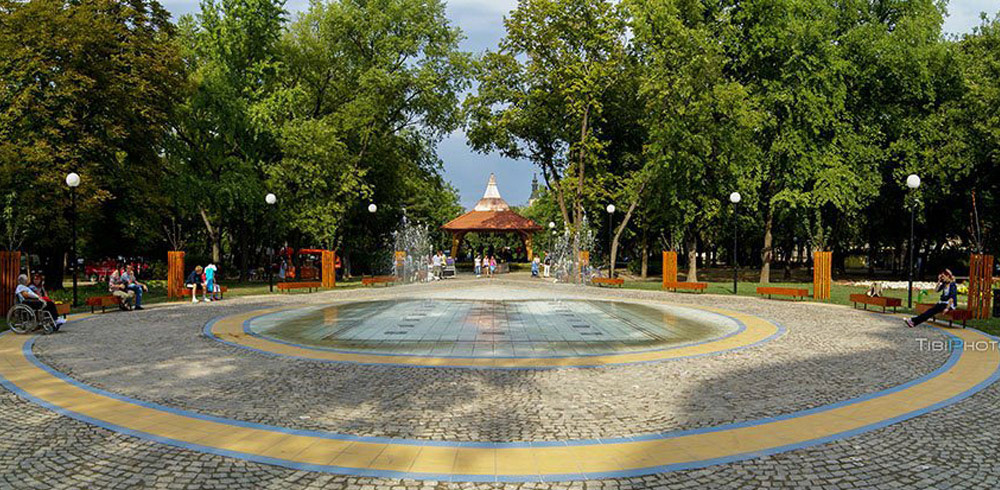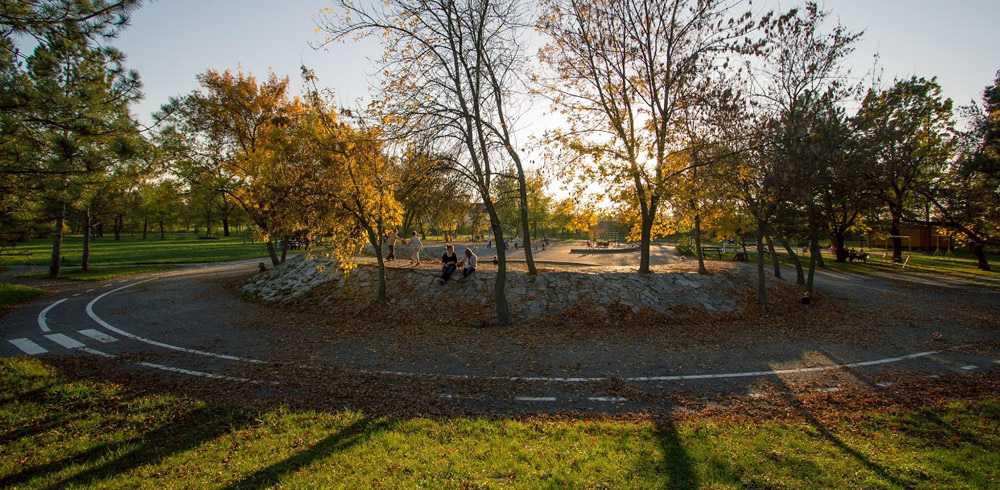The River Tisza, which runs across the whole Great Plain, is the longest tributary of the Danube on its left side. It takes its rise in the Carpathian Mountains in Ukraine, and then it passes through Hungary, Romania, Slovakia, and falls into the Danube in Serbia, by Slankamen. In Vojvodina the Tisza is the natural boundary between Bácska (right bank) and Bánát (left bank). The Serbian session of the river is 168 kilometres long; its whole navigable length is 532 kilometres. The Tisza is linked to the Danube through the Bácska-Channel, whilst the Bega-Channel links it with the River Temes. The most important settlements along the Tisza are Tokaj, Szolnok, Csongrád, Szeged, Senta and Becej.The River Tisza, which runs across the whole Great Plain, is the longest tributary of the Danube on its left side. It takes its rise in the Carpathian Mountains in Ukraine, and then it passes through Hungary, Romania, Slovakia, and falls into the Danube in Serbia, by Slankamen. In Vojvodina the Tisza is the natural boundary between Bácska (right bank) and Bánát (left bank). The Serbian session of the river is 168 kilometres long; its whole navigable length is 532 kilometres. The Tisza is linked to the Danube through the Bácska-Channel, whilst the Bega-Channel links it with the River Temes. The most important settlements along the Tisza are Tokaj, Szolnok, Csongrád, Szeged, Senta and Becej.
Tisa blooming
Tisa mayfly (Palingenia longicauda) has been fascinating people for millions of years by its ritual love dance and by the beauty of its figure and colors. Tisa blooms in mid-June and the phenomenon lasts for about two weeks. As a rule, it always happens in the evening hours. Then on the surface of the river, where the river bed is clayey male larvae appear, and soon the insects hatch. A bit later female larvae also show up, so the crowdy „wedding flight” can begin.
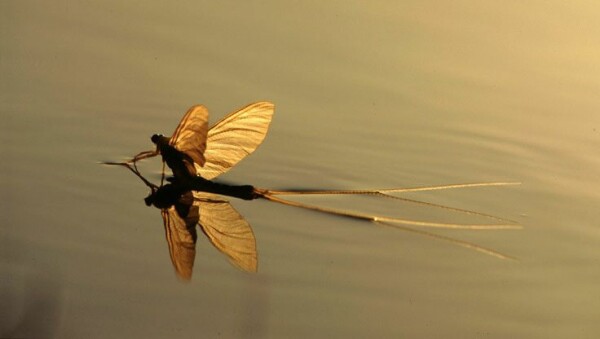
Above the river surface thousands of yellow insects fly burning in love desire reminding us of Creation. This unforgettable experience is enhanced by the rustling sound of their silky wings and the reflections on the river surface as the sun goes down. At nightfall they slowly run out of their power they gained during the three long years at the dark bottom of the river.
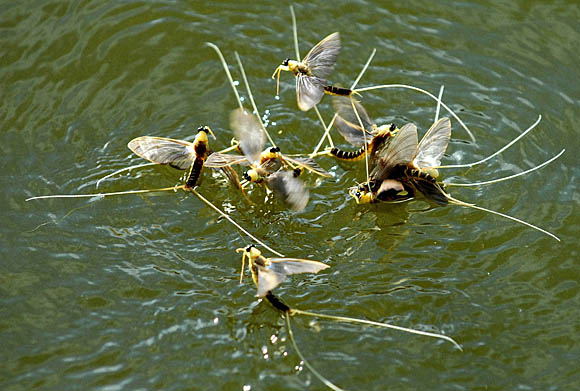
In this period the river looks like as if it was covered with plenty of little white flowers. That’s why they say: Tisa is blooming.
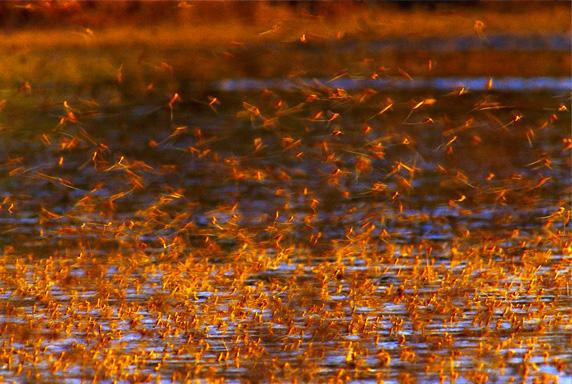
After the males die, females keep on flying upstream – above the water surface, than descend and lay 6-7000 ovules to the river (which immediately sink to the riverbed.) Within two or three weeks new larvae hatch from the fertilized ovules and embed themselves into the clayey parts.
The Fishermen’s Jerry
The recreation area named the Fishermen’s Jerry is situated on the right bank of the Tisza 2,5 kilometres north from the city centre. This is one of the most attractive recreation and sports centres of Senta which offers wide scale of sport opportunities and - because of its beautiful woods - is attractive for the hikers as well. The visitors can choose between two restaurants in the area: the Fishermen’s Jerry and the Restaurant Žitopromet. The golden Tisza-sand is ideal for beach-volleyball and foot-tennis and also for bathers, who can also spend beautiful time by the Tisza in this area.



